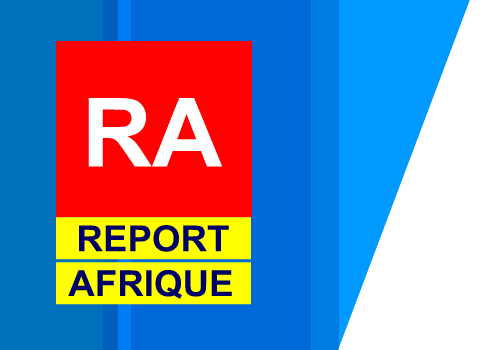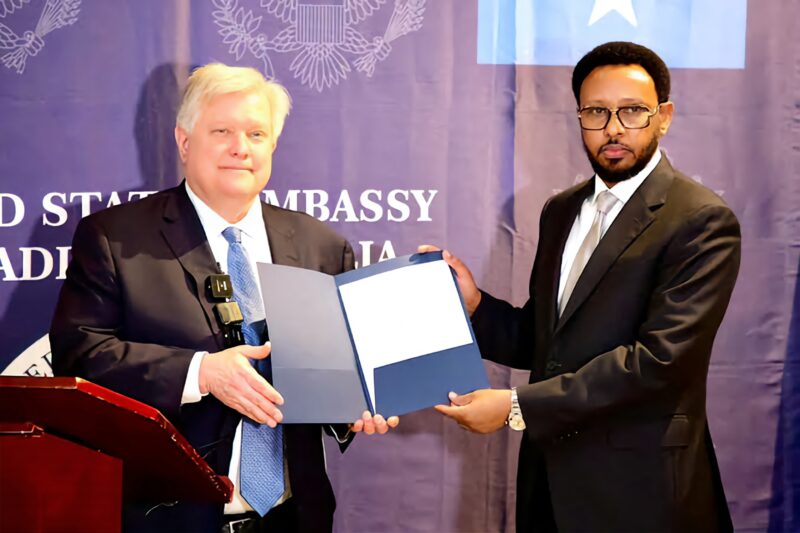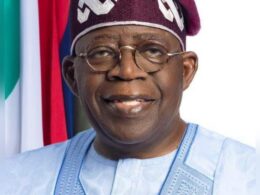US Debt Forgiveness Cancels Decades of Financial Strain, Signals New Era for Somalia’s Economic Recovery and Global Financial Reengagement
Debt Legacy from Civil War Era
Most of Somalia’s debt accumulated during the military dictatorship of Siad Barre, which ended in the early 1990s and led to a civil war spanning three decades. President Hassan Sheikh Mohamud stated that the country had been “suffocating under the huge weight of unsustainable debt” as unpaid interest accrued throughout a painful period of state collapse.
Agreement Signed in Mogadishu
The debt relief agreement was signed in Mogadishu on Tuesday, where US Ambassador Richard Riley hailed the event as a “great day” for both nations. The US was previously Somalia’s largest bilateral lender, holding nearly a fifth of Somalia’s debt in 2018, according to the International Monetary Fund.
A Step Toward Economic Independence
Finance Minister Bihi Egeh expressed gratitude on X (formerly Twitter), thanking the “US government and people for their unwavering support of our economic reforms and growth.” Somalia’s director general of the Ministry of Planning, Investment, and Economic Development, Mohamed Shire, called the agreement “excellent news” for Somalia’s recovery efforts, while Mohamed Dubo, head of the government’s investment promotion office, tweeted:
“Somalia can now face its future UNCHAINED.”
Debt Forgiveness Initiative Under HIPC Program
This relief falls under the Heavily Indebted Poor Countries Initiative (HIPC), led by the IMF and World Bank, aimed at helping the world’s poorest countries escape unmanageable debt levels. In December 2023, Somalia announced it had completed the HIPC program, qualifying for $4.5 billion in debt relief and restoring its relationship with global financial institutions after years of isolation.
Reforms Key to Financial Relief
Ambassador Riley noted that the debt relief was achieved through significant reforms in Somalia, including new laws, improved financial accountability, and a shift toward sustainable practices. “With support from the United States and our partners, Somalia undertook a host of reforms,” Riley said at the Mogadishu embassy.
Debt Relief From Global Creditors
In March, the Paris Club—a coalition of wealthy creditor countries—waived 99% of $2 billion owed by Somalia, reducing the nation’s debt-to-GDP ratio from 64% in 2018 to under 6% by the end of 2023. Later, in June, the OPEC Fund for International Development canceled $36 million in Somali debt through a bridging loan from Saudi Arabia. This unlocked further financial resources to support Somalia’s national development.
Expert Perspectives on Economic Impact
According to Harry Verhoeven, an expert on the political economy of the Horn of Africa, Somalia’s debt forgiveness is “meaningful,” as it opens access to public financing from international development banks. However, he cautioned that private creditors might still be hesitant due to concerns over financial governance and political stability.
A New Chapter in Somalia’s Financial Story
Somalia’s leaders view the debt relief as a milestone that sets the stage for future economic growth and investment, helping the country recover from its difficult past. With this new financial freedom, Somalia looks to build a brighter, debt-free future.









Join our Channel...